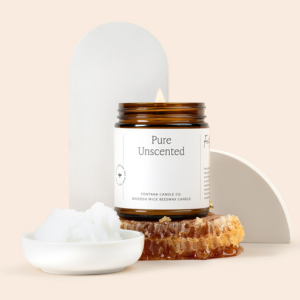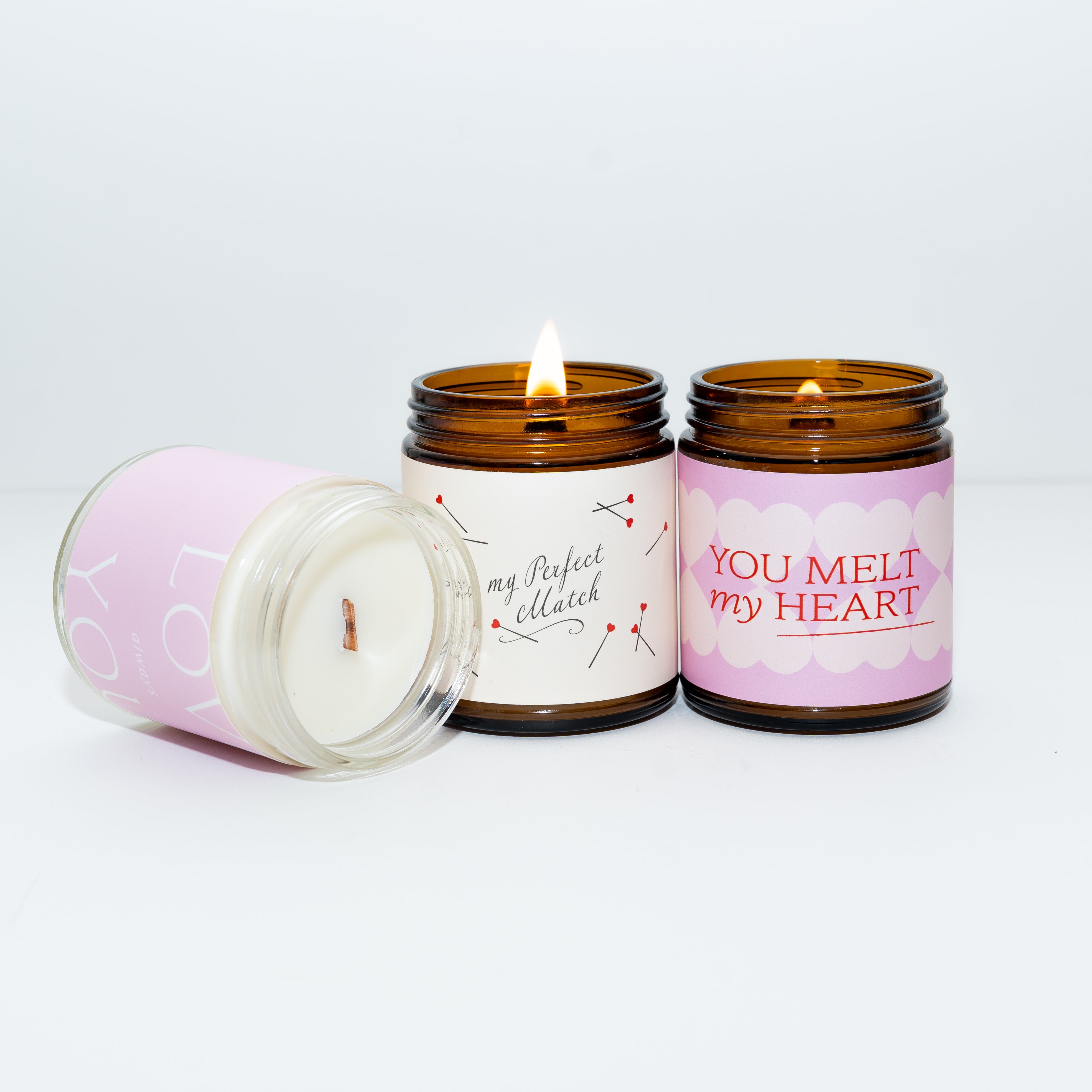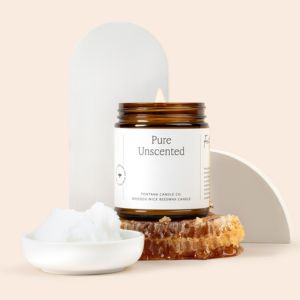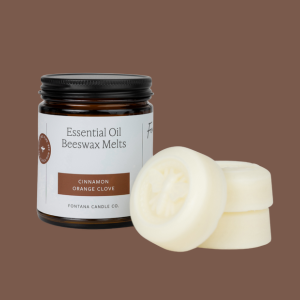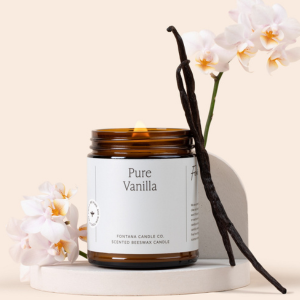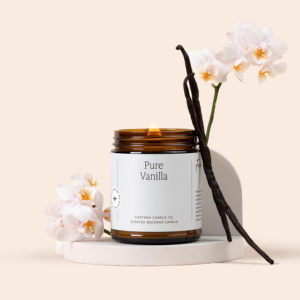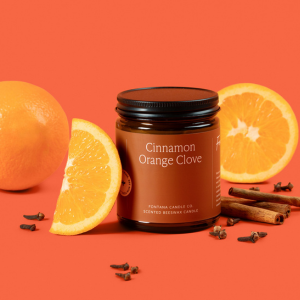Honey in Skincare? The Bees Behind Our Soap Bars!

It’s no secret that Fontana loves bees - ethically sourced beeswax is a crucial ingredient in our candles and wax melts. That’s why when we formulated our new bar soap, we knew that we had to add honey to our unscented bars. Honey is well known for its antibacterial properties when added to some tea for a sore throat or a cold, but honey’s restorative properties for skincare are lesser known.
Honey has actually been used as a natural skincare remedy since early civilization, for good reasons. It has been used as a topical treatment for most skin conditions, including acne, psoriasis, eczema, and for healing scars. Even Cleopatra was rumored to have bathed daily in milk and honey for its nourishing properties. Honey is packed full of antioxidants, is a powerful humectant, and is antibacterial. This means that while honey kills bacteria and can help protect a blemish from outside infection, it also draws in moisture from the air to hydrate the skin. When there’s a natural ingredient this good, we can’t begin to imagine why a company would want to use something artificial (besides cutting costs…).

When Fontana formulated our new bar soap, we wanted to find the perfect balance between cleansing and moisturizing. Our formulation has just the right amount of suds and leaves your skin feeling soft instead of waxy or dry.
And just like our beeswax, when honey is sourced sustainably, there is no danger to the hive. Bees naturally produce more honey than necessary, so a beekeeper can safely harvest 40-80 pounds of honey from each healthy beehive! The rest stays in the hive to keep the hive fed over the winter.

Discover Our Soap & Renew Bar Soap Collection - try our Pure Unscented Bee Bar today!
References:
Why Honey Is Becoming Popular in Beauty Products Once Again - The New York Times (nytimes.com)
Honey in dermatology and skin care: a review - PubMed (nih.gov)
Honey for Face: Uses and Benefits (healthline.com)

